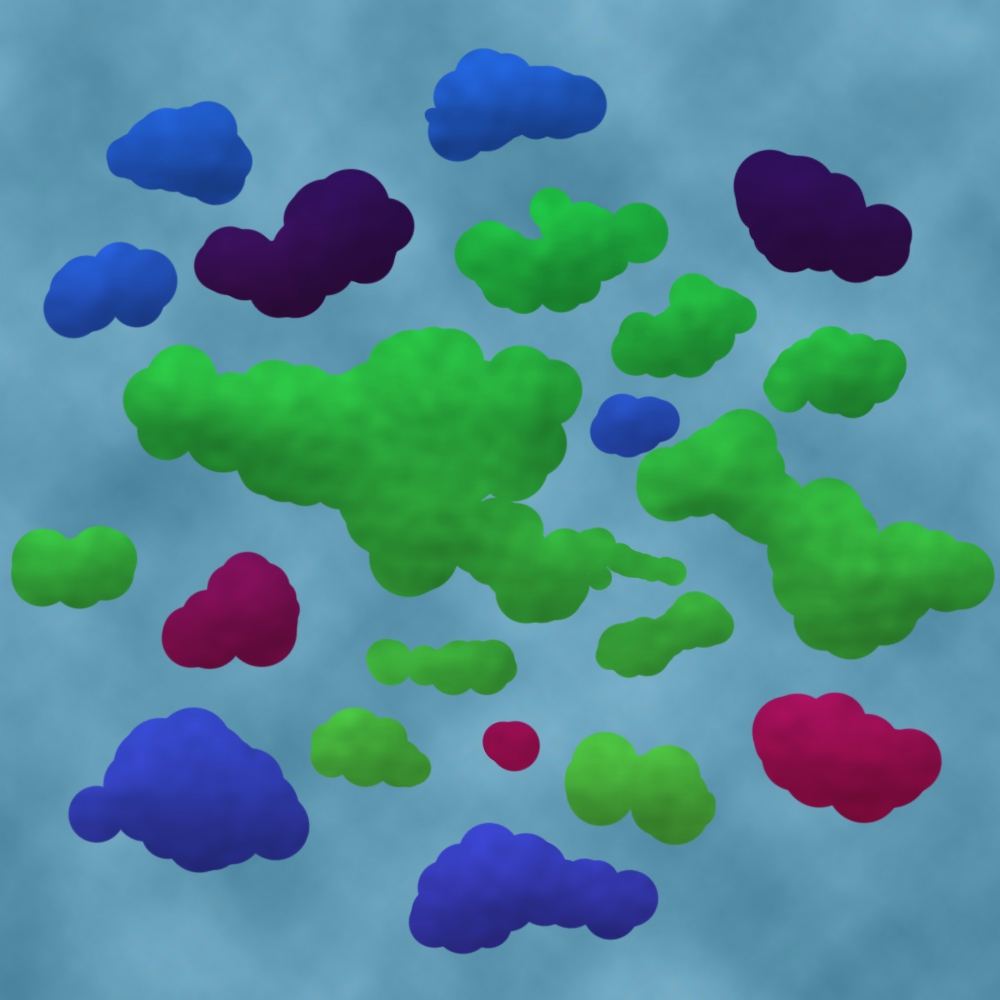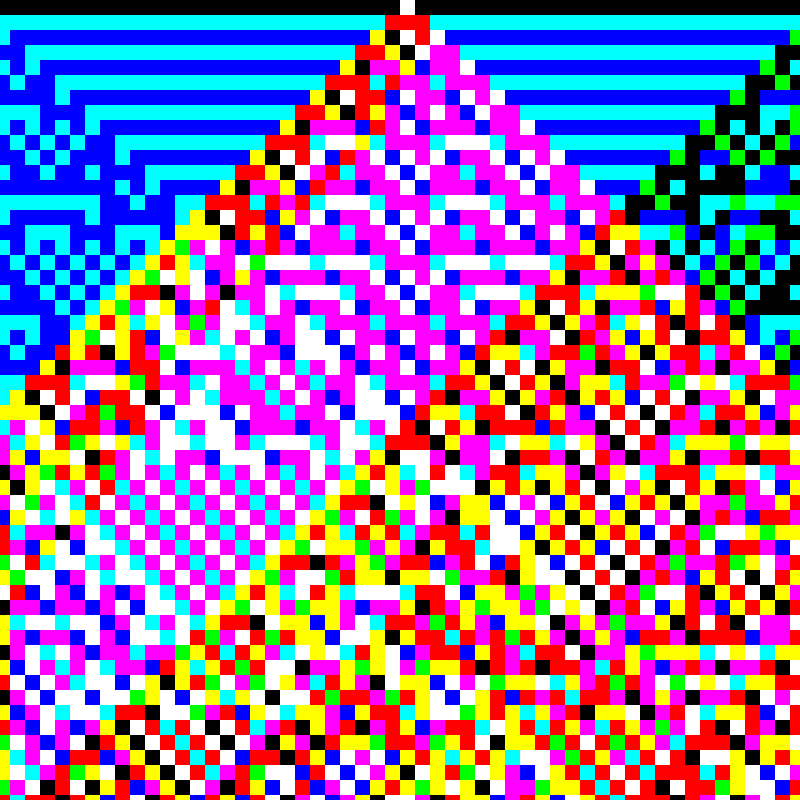
NFT Rarity Guides
written by tezdealer
warning! this article has been flagged!
This Article was flagged as undesirable content by the moderation team.
I have been producing rarity guides for Tezos PFP projects for a while with the intent to standardize how rarity is calculated. You can find my efforts in this GitHub repo.
NFT Features and Rarity
Features or attributes are often an essential part of an NFT collection. They determine or describe the final output of an NFT. Often, features are used to compare one NFT to another within a collection.
For example, if you explore Project #2 on fx(hash) titled "RGB Elementary Cellular Automaton" and select the filter icon, features of the collection will display such as:
- Red Rule
- Green Rule
- Blue Rule
- Cell Size
- Common Rules
- Inverted
project name project name project name
Each feature is like a category and has one or more possible values. For example, the Inverted feature of Project #2 has possible values of "true" or "false". The true feature value was randomly assigned 281 times and false 717 times, making true more rare than false.
Overall rarity for an NFT within a collection can be determined by aggregating all possible values for all features and calculating a rarity score. These scores can then be summed for each NFT to determine it's overall score, as well as ranking within the collection.
In NFT collections, sometimes all NFTs have all features. But often an NFT has only a subset of the overall features. So the absence or presence of a feature, as well as the overall number of features is calculated into the rarity score.
Additionally, each feature value needs to be calculated based on the total tokens (NFTs) within the collection. For example, if only 1 NFT in a collection of 1,000 NFTs has a feature, it makes it exceptionally rare. In the case of 1/1000, we could assign a rarity score by dividing the total tokens by the count of tokens having this feature. So 1000/1 or rarity score of 1,000. Percentage wise, that would be 0.1% of the collection.
Note that calculating rarity score prior to a collection being fully minted can be helpful but has the potential to mislead. Scores and rankings will change since new mints impact the scores for all tokens. It's best to wait until a collection is fully minted prior to making any purchase decision based on rarity, especially if you are targeting the top 10 tokens in a collection.
Generating Rarity Guides
Having a rarity guide for an NFT collection is extremely beneficial and can serve as a guide for valuing an NFT within a collection. NFTs that are more rare typically sell for higher prices on secondary NFT marketplaces.
In order to calculate rarity, first all token metadata for a collection needs to be obtained. For most Tezos NFTs, this token metadata is stored on IPFS. For an example of a token metadata file, see this one of GENTK 338 of fx(hash) Project #2.
Once all token metadata is retrieved, calculations can be performed. The main requirement is that the NFT collection author included attributes or features in the token metadata. For fx(hash) projects, this means populating the $fxhashFeatures object. Look at the example below of attributes that appear in a token metadata file.
Using the token metadata, a final rarity score and rank can be determined for each token in the collection. The screenshot below shows an example of the results for Project #2.
From the image above, you'll notice an added benefit of generating a rarity guide. It makes it easy to detect anomalies and to review all possible features and feature values. In the case of Project #2, we see the top two results actually belong to a different fx(hash) project. This quirk happened for several early fx(hash) collections/projects until the code defect was resolved. These quirks could potentially make the impacted NFTs become more valuable. Time will tell.
Top 10 Rarity Guides on fx(hash)
I publish Top 10 Rarity Guides for fx(hash) collections. These guides spotlight the top 10 most rare NFTs in a collection and the features or attributes that make them rare.
Once 100 editions of a Top 10 Rarity Guide are collected, I publish the full rarity guide and additional data to this fx(hash) directory on GitHub for public access. See there for existing guides.
Note that often rarity data displayed in Tezos NFT marketplaces is incorrect. That's one of the reasons I've developed a standardized process for determining rarity and offer this service.
If you have a specific NFT collection for which you want a rarity guide generated, please reach out on Twitter.
Want to see more articles like this one? Check out Top 10 Rarity Guides produced by @tezdealer on tezdealer's profile page.
